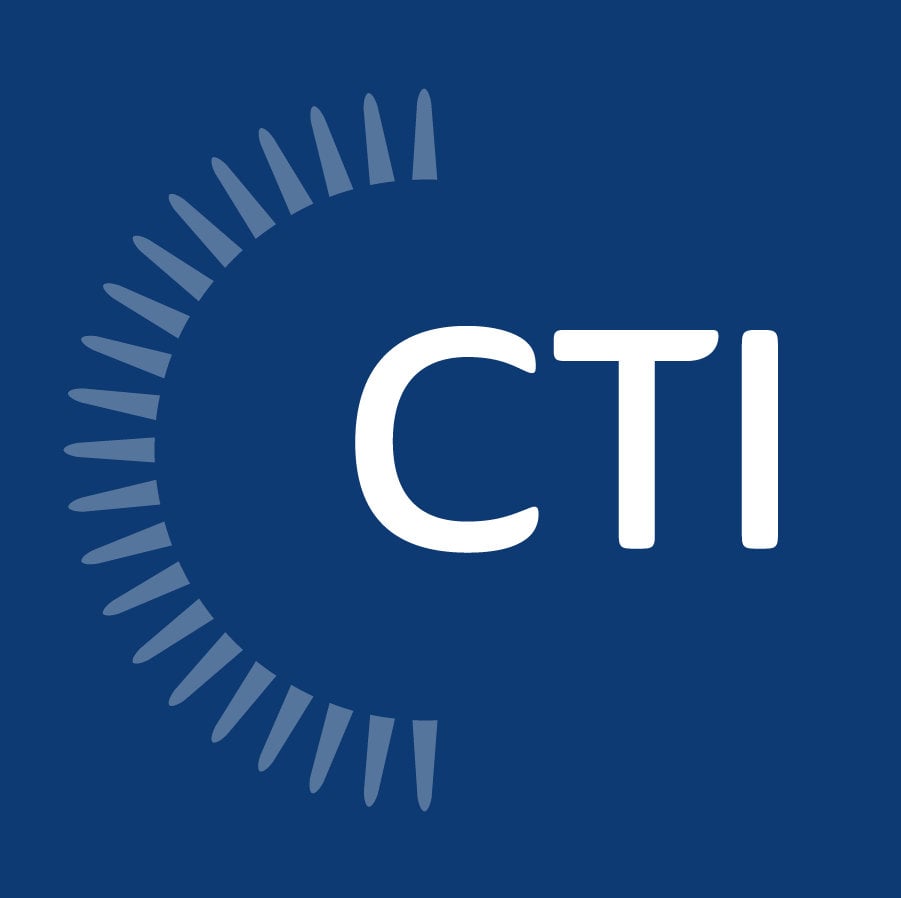
Construction companies may be able to take advantage of the credit for increasing research activities (“R&D tax credits”) under Internal Revenue Code §41, if they know what activities and expenses are eligible for the credit. The two key questions taxpayers should be asking themselves are 1) what activities at my company are eligible for the R&D credit and 2) are the R&D expenditures related to those activities properly identified and captured.
Many construction firms erroneously believe that they are not eligible for the R&D tax credit because they do not think their company performs research activities and the credit can only be utilized by high-technology or pharmaceutical companies discovering products that are new to the world. However, many companies, including construction firms, only have to meet the broad and general definition of “research” to satisfy the legal tests for the R&D tax credit.
For construction firms, one of the largest qualified research expenditures (“QREs”) is wages paid to in-house design engineers, computer-aided design (“CAD”) designers, technical drawers, project engineers, electrical engineers, mechanical engineers, project foreman and similar technical personnel who perform research activities for their company. Construction firms design, build and manage small to large construction projects and part of this process might be performing qualified research activities such as developing schematic designs, designing master plans, developing plan and elevation drawings, creating construction documents, designing and constructing new building facades, LEED certification, developing concrete formwork systems, CAD/CAM design work, and modeling.
In addition to wages, construction firms frequently hire contractors/subcontractors to help them design and build their construction projects. These activities might be considered eligible contract research expenses if they meet the legal definition of “research’ and the construction firm has substantial rights to the research done on their behalf and they take on the risk of development. When qualifying contractors/subcontractors for the R&D tax credit it is imperative that each contract is thoroughly reviewed for these rights and risks. The following is a typical construction project workflow process and their potentially qualifying stages:
Bidding and Negotiation
The bidding and negotiation phase includes the preparation of bid and contract documents and is based on the information requests provided by various trades. This phase also establishes the project delivery method and project terms with project owners and typically includes preliminary concepts, ideas, site reviews, and review of extant information.
Programming/Concept Development
The programming and concept development phase begins with project planning and management of the work to be performed. In addition, this phase includes preliminary and conceptual design aspects of the project as well as the specialty trade practice areas that may need to be subcontracted for additional expertise. The concept development phase involves review and analysis of data and preliminary technical concepts to be further refined in the schematic design phase. Analyses can include the investigation of conceptual relationships and site analyses, such as feasibility studies, climatic and environmental impact evaluations, and building envelope orientation and performance. Another aspect of the concept phase is the establishment of sustainable goals for the projects to be met and to identify the roles and responsibilities to achieve project goals.
Schematic Design
The schematic design phase serves to create the preliminary design and achieve a preliminary design approval. During this process, construction firms will evaluate numerous design options to develop the ultimate design that achieves all functionality requirements. In addition, the construction firm utilizes various modeling tools to document alternative designs and value engineering opportunities. Modeling during this phase can consist of energy modeling, visualizations, circulation, structural and site requirements. Updates to the sustainable design plan are also made during this phase. This can include evaluating options for sustainable engineering designs and pursuing LEED accreditation.
Design Development
The design development phase is a refinement of the design concept from the schematic design phase. During this phase, the construction firm will develop final strategies to complete the project by developing more refined designs with detailed specifications. Specifically, the firm will refine concepts by incorporating general information and requirements of other disciplines, including structural, mechanical, electrical, and civil engineering. Throughout this phase, models and renderings are required to track and update alternative design criteria and applications utilized to investigate complex design elements. As the project evolves, re-testing of design models oftentimes occurs leading company’s team to confirm the performance, functionality, reliability, and quality requirements for each improved design.
Construction Documentation
In the construction documentation phase, the construction firm will create the final documentation and specifications that are required for construction of the project. Much of the efforts during this phase involve detailing specific conditions and further refining the design. The final construction document package compiled at the end of this phase contains all requisite information for contractors to bid, permit and construct the final project.
Construction Administration
During this phase, construction firm administers the provisions of the construction contracts between the owner and contractors. In addition, the firm oversees the construction of the project and is responsible for verifying that the work conforms to the contract documents and designs, observing progress and quality of work, and performing onsite inspection services.
Some specific examples of qualifying activities include the following:
- Exploring the appropriate methodology and construction techniques
- Preparing structure and facility design for constructability
- Developing and improving construction equipment development
- Designing LEED/green initiatives
- Designing new or improved HVAC systems
- Researching and designing new electrical system designs
- Utilizing Building Information Modeling (BIM) for sub-system coordination
- Analyzing the functions of a design directed at improving performance, reliability, quality, safety and/or life cycle costs
- Improving mechanical equipment sizing
For more information on tax incentive programs available in your area, find your state below.



